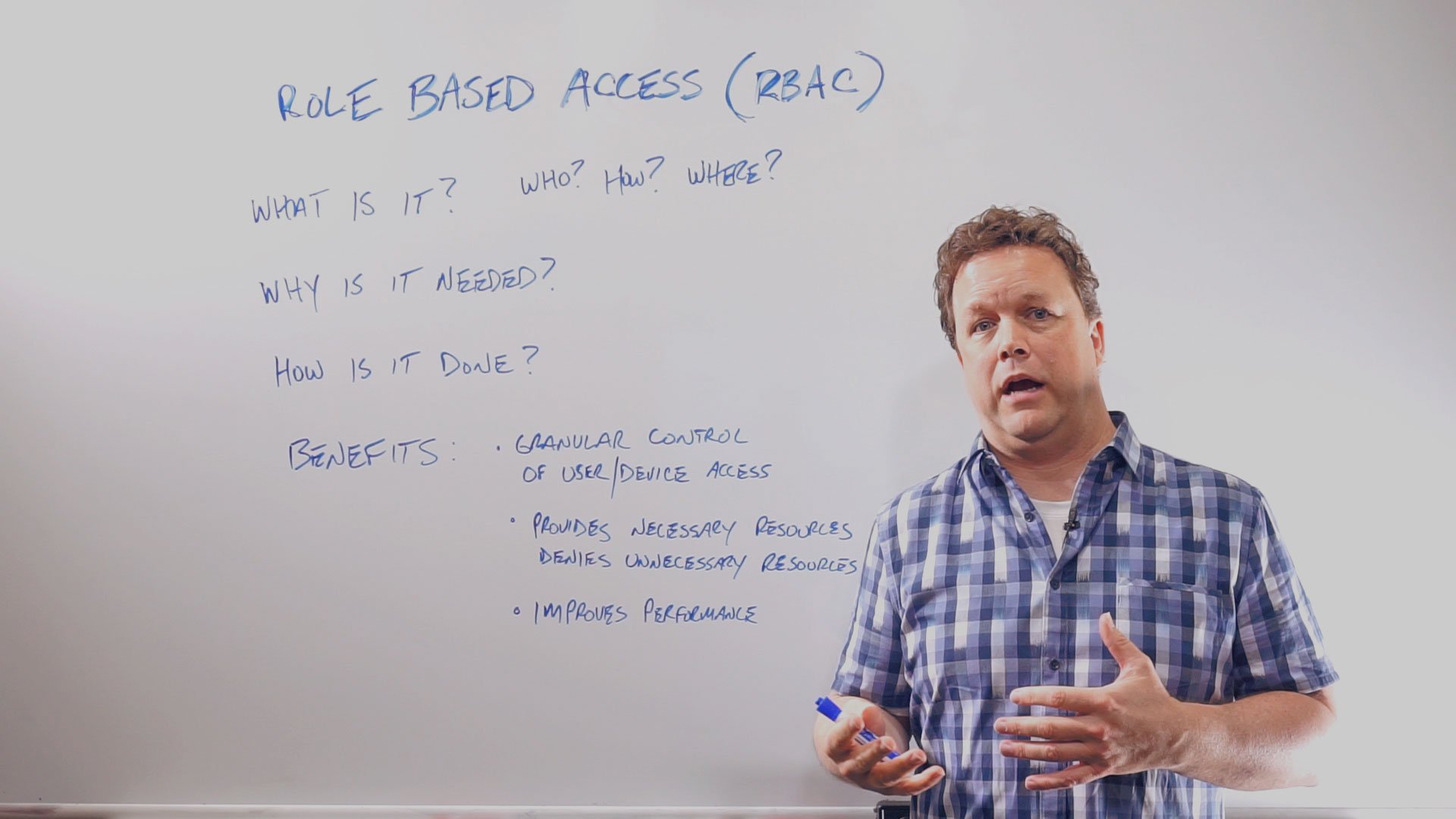
Today’s K-12 technology leader requires a different skill set than what the role required in the past. The explosion of mobile devices and increasing demand for anywhere, anytime connectivity has transformed the learning experience.
Today's classrooms are focusing more and more on both interactive and personalized learning relying heavily on robust school wireless networks to support this new environment. Because of these rapidly evolving technologies the role of a typical K-12 CIO, CTO, IT director or manager has evolved as well.
The success of your role is now critically dependent on your ability to lead the drive for technology trends and your level of business acumen in finding ways to efficiently integrate the right technology into the classroom.
As Jean Tower, Director of Technology for Northborough and Southborough public schools has said, "Twenty years ago a tech leader's job was 80 percent technical...over the last twenty years it's slowly morphed into a real leadership role understanding the business of schools."
The reality today is that K-12 school environments are changing on an almost constant basis; supporting secure mobility isn't ever just one thing.
From increasing mobile device usage to the emergence of IoT and contextual networking using beacons, smart applications and real-time user data, the role of school IT leaders has become increasing complex and more challenging than ever.
To help give you a clearer picture of what the job of a K-12 CIO or IT Director has evolved into, we have broken it down into the following 3 key traits.
Expert Communicator
One of the most important if not the most important trait of the modern K-12 IT leader is the ability to explain communicate to everyone involved.
Beyond choosing the right technology, buying equipment, and coming up with a deployment strategy, you should be able to explain the “why".
This has also evolved to include much more than just the school board or administrators, it has expanded and the emphasis has shifted to having transparent communication with parents, teachers and the students themselves.
Today's mobile-centric learning environment requires every IT leader to understand the value of building relationships.
From both security and budgetary issues, effective K-12 IT leaders know they need the ability to justify a large investment and then turn around and explain to parents what they are doing to protect each student's privacy.
Secure mobility is a large system of some highly complex parts, and in order to be successful everyone has to be on the same page.
Excellent Educator
A successful K-12 IT leader should not only posses both technical and communication skills but also a deep understanding of classroom dynamics.
This doesn’t mean you should go back to school and get a degree in education; this trait talks about your knowledge of teaching practices and how the modern classroom actually works.
It's critical that you visualize yourself as a teacher, this way you can effectively guide them when integrating new classroom technology.
With learning taking place inside and outside of the classroom you have to understand the perspective of not only teachers and students but also the parents.
It's the old saying of putting yourself in someone else's shoes.
You have to listen to their needs and pain points so you can offer valuable solutions that make everyone's role easier and more productive.
Constant Innovator
Modern technology managers must be able to identify opportunities and pursue them. Your role is to lead and develop new technology initiatives and take it upon yourself to seek out and initiate tech strategies even before teachers ask for them.
It's critical that you are constantly on the pulse of current ed-tech updates and trends, if you're waiting for someone to tell you what's next or for teachers to tell you what they need it's probably too late.
It's all about flexibility and having the ability to pivot when you need it's required. It's common to see some school's struggling to keep up and it's usually because they failed to plan ahead.
Of course there are also times when you're asked to make the impossible possible. In these instances it's also your job to explain to teachers or administrators what's possible and what's not both from a technical and budgetary perspective.
This is the age of digitization and disruption. Technology and industry roles are continuously evolving. As a K-12 IT decision maker you have to keep changing to stay ahead of the curve and add the most value to those who count on you the most. And it’s not just about staying relevant, your decisions will have the biggest impact on the future of K-12 education technology.
At SecurEdge, we’ve been helping IT leaders like you analyze and update your wireless network infrastructure to support new classroom technology and are always more than happy to help answer any of your questions. Simply contact us here!






